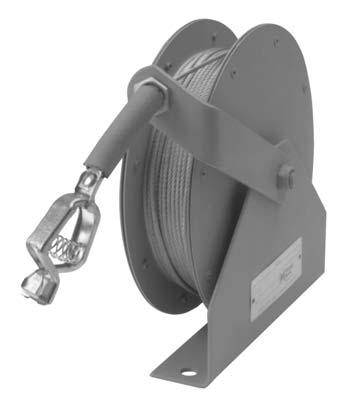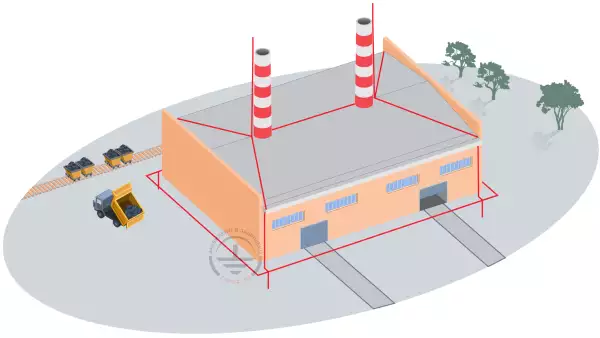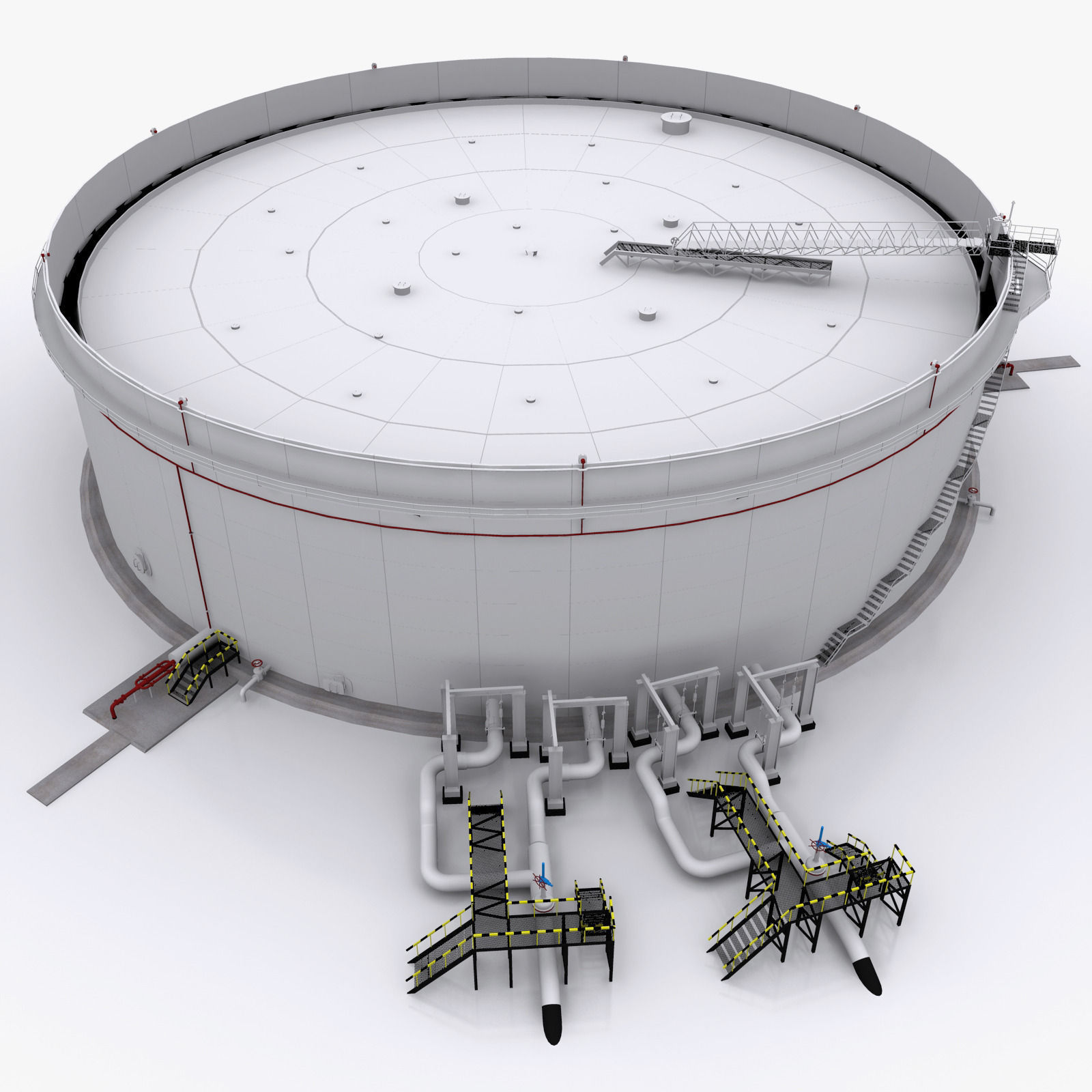Fire or even explosion may generate the static electricity in addition to the electrical wiring sparking. It appears not only when you take off your sweater but in any other friction as well. In an everyday life, we do not notice it; however, the static electricity may become a strong disruptive force at any time.
The most efficient method to struggle with the static electricity is earthing. Both interacting objects are earthed, their electrical potentials relative to the earth are equal to zero, and it means that they are equal with each other. Sparking between them is thus eliminated. But imagine that an aircraft has come for re-fuelling. Will you provide a special earthing for it, run the aircraft precisely to it, and then screw the cable to the earthing rod? If you do it like this, then aircrafts will be more often on the ground than in the air. Such problem is not typical of aviation only. For example, how can we safely refuel a truck transporting explosive or flammable substances? Or, which is completely lifelike, to avoid sparking during the vehicle loading and unloading in a flour mill?
In these cases, the so-called earthing coils are used. They are a flexible conductive wire wound on a barrel. At the end of the wire, a crocodile-type clamp or a plug is located, less often — a conductive wedge or other means to provide the reliable electric contact. Using such coil, two objects are electrically connected. And their potentials are equalized, due to which no sparking occurs in the course of the object interaction.
Moreover, the earthing coils are good in that they allow arranging the potential equalization between the objects during the emergency response, when you cannot provide a fully featured earthing. Note that the earthing coil, in spite of its name, does not replace the earthing. Moreover, when we are talking about interconnection of two objects using the coil, it is better that one of them is fully earthed, e.g. the fuelling truck or a loading terminal in a flour mill. The earthing coil is suitable only for relieving the static strain; it must not be used for lightning protection!
In Russia, along with the development of small aviation as well as food and defence industries, an interest to the earthing coils has been increasing in the recent years. The trade companies have responded to it by marketing a large range of such devices. Unfortunately, not all of them are of high quality, although the public safety depends on them directly.
Requirements to Earthing Coils

The earthing coil
Cable is the main thing in the coil. It must combine the excellent conductivity and flexibility. Both properties are embedded into a multi-wire cable made of carbon steel. The disadvantage of the cable is its tendency to corrode. We can fight with this in part by using a protective plastic coating. However, cracks may appear in the coating in the harsh operating conditions. Therefore, sometimes, e.g. when the earthing coils are used in the chemical plant, the stainless steel cable is used.
The barrel (whereon a wire is wound) holder structure is essential. It is preferred to make it of a relatively soft metal with a high conductivity. In this case, a reliable electrical contact is provided both with the barrel axis and the object, to which the coil is attached. The best option to use is an aluminum and zinc alloy.
Finally, we should note the return mechanism that folds the cable back. Mechanisms may be manual or spring (automatic) depending on tasks. A very important point is the implementation of the barrel stop function. It must be as convenient for the user as possible. The crocodile-type clamp or the plug is preferred to be designed for the current not less than 100 A. In this case, the potential equalization will be as quick and safe as possible. The crocodile connector designed for such high current is not similar to the crocodiles used in measuring devices. The use of crocodiles initially designed for measuring devices and low currents is the most frequently noted disadvantage of cheap earthing coils.
Examples of High-Quality Earthing Coils
The earthing coils manufactured by the American company Hannay Reels have high performance.
Model GR 75 https://skomplekt.com/tovar/6/27/9999928719/ has a cable with the diameter of 3.18 mm and the length of 23 m. The cable is made of carbon alloy, and the cable with the plastic coating or made of stainless steel can be used. There is a crocodile-type connector or a plug at the end of the cable. It is intended for the current 100 A. The holder is made of an aluminum and zinc alloy. It can fold automatically.
The performance of model HGR 100 https://skomplekt.com/tovar/6/27/9999928721/ is significantly the same as of GR 75. Its main difference is the cable length of 30 m.
Earthing Coil Use in Projects
At first glance, what can be easier than simply install an earthing coil at an object, and attach it to another object... However, as you have already understood, there are different types of coils with different cable lengths, made of different materials and with different designs. What can you choose for your tasks? How can we correctly choose a coil when implementing a project if we have to choose between the corrosion resistance and the lower resistance value? Or alternatively, between the earthing efficiency (the shorter the cable, the better) and the convenience for use?
The earthing coils are specialized products. Recommendations for the object design with their use can be found over the Internet. Therefore, it is better to contact professional designers having the extensive experience of the earthing coil application. For example, the ZANDZ Technical Center. They will choose an earthing coil type that is optimal for your tasks, and provide recommendations for its use.
Related Articles:

 Protection of Fuel and Lubricant Materials (FLM) Storages with Floating Roofs Against the Static Electricity
Protection of Fuel and Lubricant Materials (FLM) Storages with Floating Roofs Against the Static Electricity
 Five Most Dangerous Effects of Lightning
Five Most Dangerous Effects of Lightning


